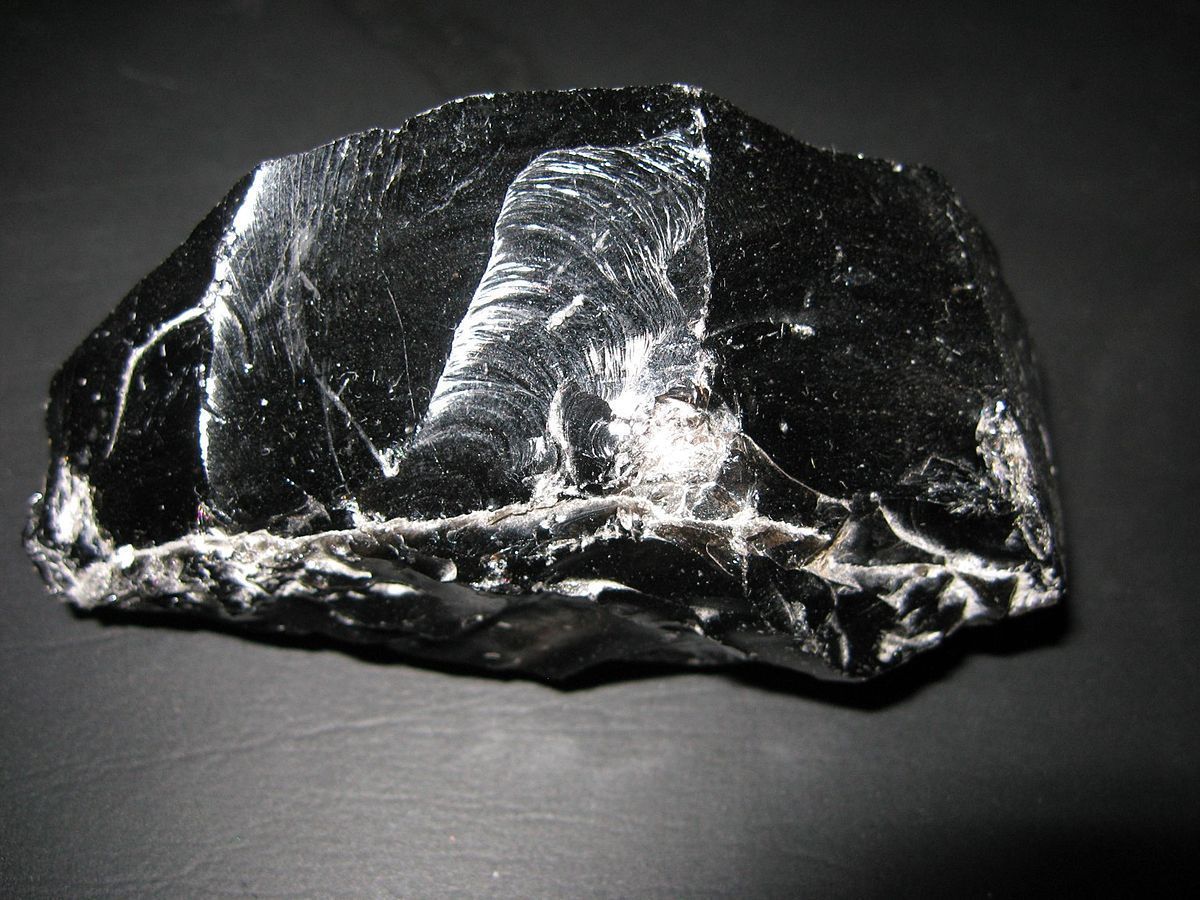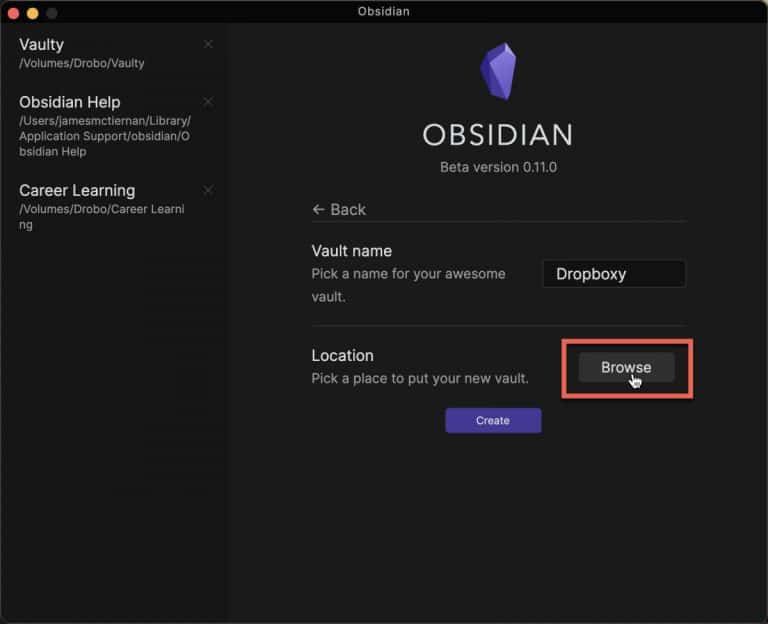
View Backlinks to a Noteīacklinks are a powerful feature of Obsidian that you need to know. Syncthing is available on Windows, Linux, Android, and macOS (no iOS support yet, unfortunately.) 4. There is a solution to sync Obsidian across devices for free, though – Syncthing. However, you can run into problems syncing your digital notes to your phone or tablet because these cloud storage solutions might not let Obsidian access their files. Luckily, anything that can keep files and folders in sync will be able to sync your Obsidian files. Keeping notes on your own hardware makes it easy to keep track, but you must make your own backups and keep them synced. Remember, Obsidian stores all your files in simple text files in a folder on your hard drive. Once you’ve created some hotkeys, you will inevitably forget what they are, don’t worry! You can use the command palette to remind you. In this menu, you can change and assign hotkeys to any action you like. Ironically there is no hotkey to open the hotkey settings. Hotkeys are key combinations that perform specific predefined actions, but you’re not stuck with the default hotkeys – you can make your own.Ĭontrol and the comma key opens your settings menu, then click on hotkeys. You won’t even need to lift your hands from the keyboard. Instead of using the mouse to create a new note, open and close notes, or perform searches, use a hotkey. Using hotkeys is a great way to increase your productivity. The cool thing is that the command palette also tells you the hotkey, so you can use it to look them up. The command palette has a search bar, so you don’t need to know the hotkey or even the name of the action, just search for what you want to do. Hit Ctrl P (Cmd P on Mac) to open the Command Palette.And when you forget or need a reminder, it’s there to help. It’s super helpful when you’re first starting because there are many things Obsidian can do that you don’t know yet. The command palette is a menu of actions you can do in Obsidian.

The command palette is the first thing you need to know about in Obsidian. Developers designed it as a second-brain application with speed and simplicity to capture notes at its core.

Obsidian is a cross-platform digital note-taking application, an alternative to Microsoft Onenote, Evernote, and Google Keep. I’ve put together some of the best Obsidian tips I wish I had known when I started using it.


There is a lot to learn and potential for massive improvements in your workflow. But opening up the note-taking app for the first time can be a little daunting. If you’re using Obsidian for taking notes, you care about productivity, efficiency, and effectiveness.
OBSIDIAN FOR NOTES HOW TO
(I say “almost exactly what I want” because I can’t figure out how to clean up the folder names, so they’re all displaying the full hierarchy for each folder - not the end of the world, but takes a lot of space and is redundant for my use.Share on Twitter Share on Facebook Share on LinkedIn Share on Pinterest Share on Reddit So, the “Topics” list went from being a flattened list of all topics, to one that’s properly grouped by folder (folders sorted alphabetically), with the files also sorted alphabetically.
OBSIDIAN FOR NOTES TRIAL
I had been using a dataviewjs hack to kind of approximate hierarchical file listings, but it was ugly and the results were weirdly formatted.īut - I just spent some time in the dataview documentation and, with a bit of trial and error, came up with a way that does almost exactly what I want. Previously, I could only figure out how to list the files across all subfolders, sorted alphabetically. It’s a little too small to see in the screenshot, but one of those notes is a special “utility” note that I’ve created, containing a dataview snippet to show all notes within the “Topics” collection. Screenshot of my Obsidian canvas home base


 0 kommentar(er)
0 kommentar(er)
